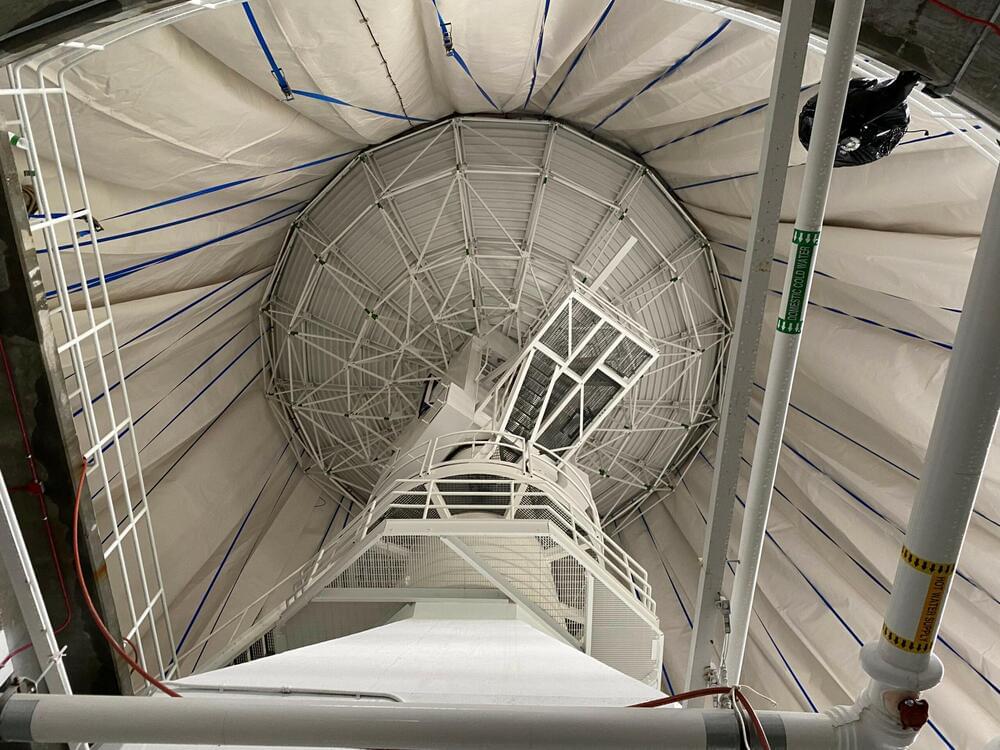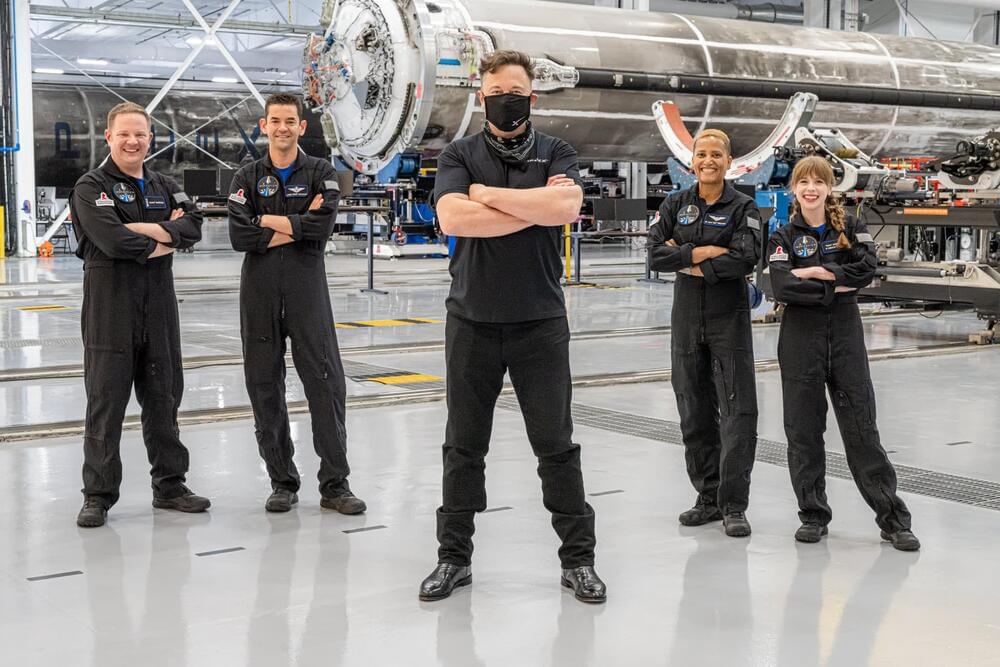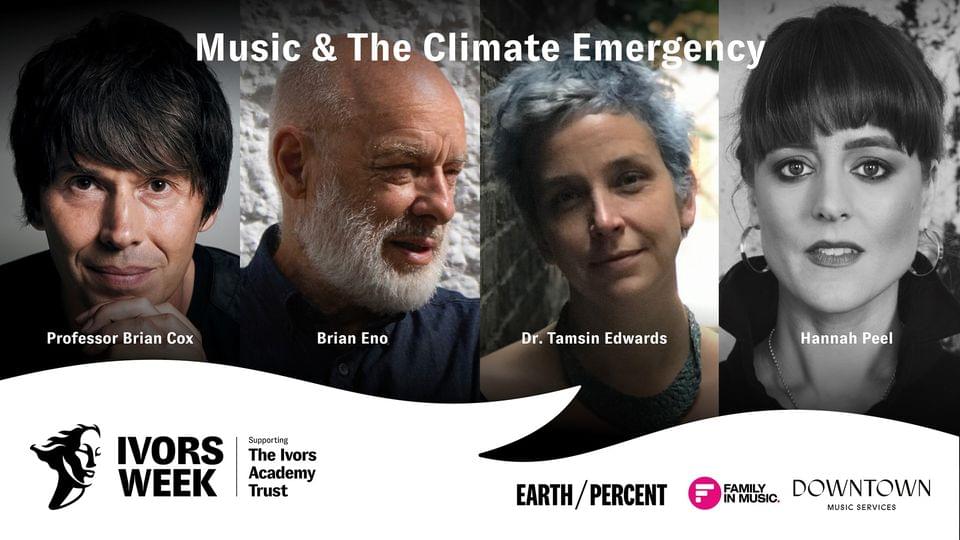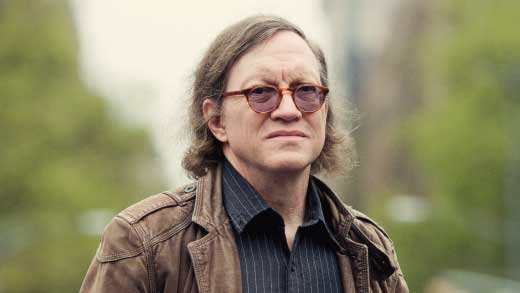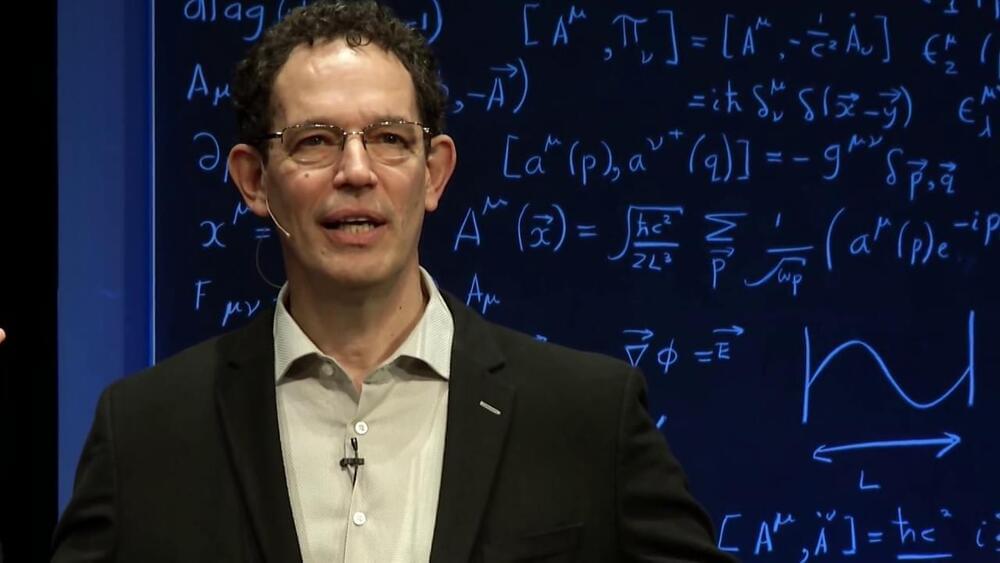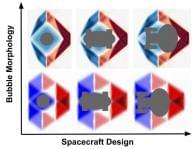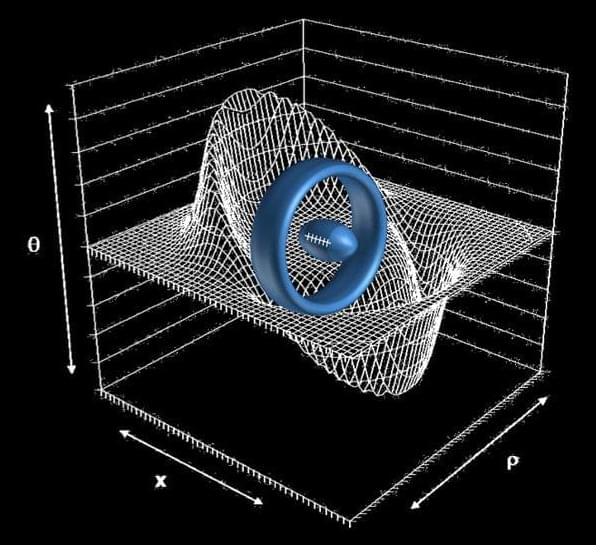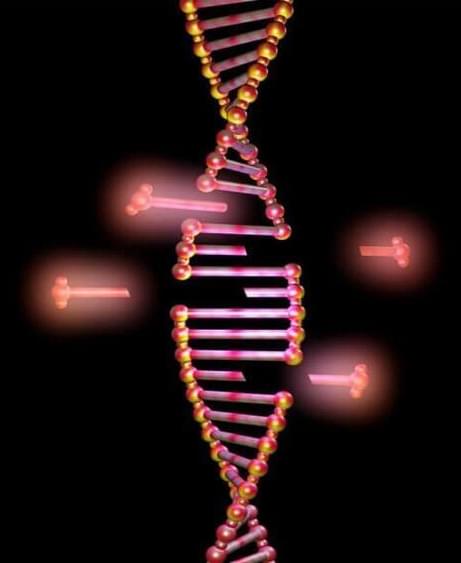Sep 19, 2021
Space Force grappling with aging infrastructure used to operate satellites
Posted by Genevieve Klien in categories: government, military, satellites
WASHINGTON — The ground stations and tracking antennas the U.S. military relies on to communicate with its satellites — known as the Satellite Control Network, or SCN — are decades old and short of the capacity needed to keep up with the projected growth in space activities.
There are seven SCN sites located in the United States and around the world. About 15 large dish antennas at these sites command more than 190 military and government satellites in multiple orbits.
“Certainly the Satellite Control Network is a venerable system that’s been around for a long time. So we have multiple efforts ongoing to ensure that it’s ready for the future that we now find ourselves in,” Lt. Gen. Stephen Whiting, commander of the U.S. Space Operations Command, said last month at the 36th Space Symposium.
